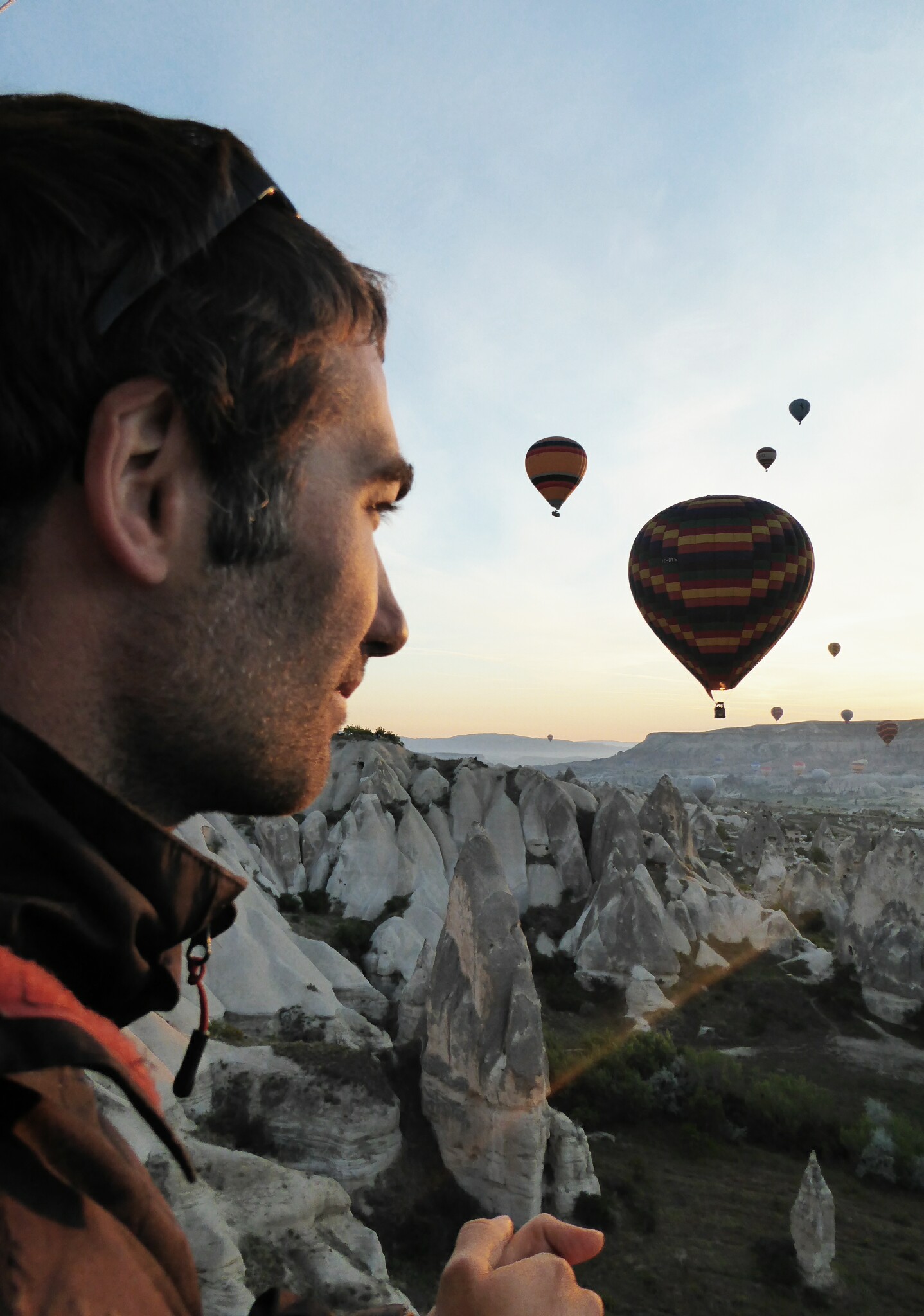
Among the several borders between Peru and Ecuador (see my previous post about La Balsa), Huaquillas is certainly the most used. It is the closest transit to the coast. However, straightforward as it seems, it requires some further insight.
Although you can easily take an international bus from Guayaquil (Ecuador) or Máncora (Peru) which costs you around 50 USD, it is definitely cheaper and more adventurous to tackle the stretch in multiple parts on your own.
In my case I started the border approach from Machala. Nevertheless, I suppose there is a direct bus from Guayaquil too. Let me know if not.
-
FROM MACHALA BUS TERMINAL TO HUAQUILLAS
Head for the booth n. 15 belonging to CIFA buses. The fare is 2.65 USD and takes approx 1 h 30 min.
-
IN HUAQUILLAS
This is the trickiest part: mind there are two border crossings, one in Huaquillas city center and one along the Panamericana road (Transversal Sur in Ecuador, Panamericana Norte in Peru). The catch here is that only the latter issues official stamps. The former is merely a pedestrian bridge without control. Hence, in order not to incur into troubles later, better to head for the official one.
If the bus is not heading itself for the border, you have to get off at a roundabout placed a few kilometers before Huaquillas bus terminal. You need to inform the driver beforehand.
The roundabout stands then at around 3 km from the physical border and 6 km from the migration checkpoint. The CEBAF (Centro binacional de atencion fronteriza, aka joint migration control) system is quite complex here: if coming from Ecuador, you need to stamp out and in at the building on the Peruvian side; if coming from Peru, instead, you need to do the same on the Ecuadorian side. Between the two checkpoints there are approximately 5 Km. Therefore there is no stamp out in Ecuador and stamp in in Peru. Both operations are directly carried out in the same office on the side you are entering.
In my case, therefore, I had to reach the Peruvian checkpoint 6 Km further. Advised not to walk for security reasons, I accepted to grab a taxi (4 USD) leading me to the Peruvian CEBAF. Probably during day time you could even walk or ask for a ride. Up to you.
-
AT THE PERUVIAN CHECKPOINT
When I got there I was plunged into total chaos (apparently it was holidays in some parts of Ecuador).
Firstly, you need to queue for the “health control”, where roughly you are checked your vaccination card (3 doses required by Peru in August 2022) and passport. Queue for me lingered about 1 h 30 min. At the end of this process you are handed a rudimentary white paper with your data that you must conserve for migration purposes.
Secondly, you need to walk a bit towards the migration control. But here there is another pain-point. Initially you must queue again for the Ecuadorian stamp out. It took me 5 hours more or less. Hopefully it will be much shorter for you.
Once obtained the stamp out, you need to exit the building and queue for the third time to receive the Peruvian stamp in. Absolutely crazy. Another 2 hours for me. Once inside, the Peruvian officer herself did not ask me any further info or documents, probably not to slow down even more the collapsing system.

Finally you can exit the customs area, of course bothered by security guards because it is not allowed to go out on foot. From the exit area you may either catch a ghost bus or a taxi (to Tumbes I negotiated 20 Peruvian Soles). I guess you might also try an hitchhiking.
By the way, at the CEBAF station you can find food, water and even ATM for cash withdrawal. In my case, to keep my turn, I could not eat nor drink for almost 9 hours. It was total mayhem.
-
TO TUMBES
Tumbes lies at about 25 Km from the migration check post. It is a drab, dusty and chaotic town with no particular sights. Since it was almost dark, I had to spend the night there unfortunately. Hostal Elica is a basic accommodation for 20 Soles / night with cold shower and Wi-Fi.
-
TO MANCORA / ORGANOS
From there, however, further public transportation is relatively easy eventually. Among other options, you can go for Carrucho’s minivans, going in 2 hours as far as Organos (passing through Máncora) for 20 Soles and leaving whenever full (probably every hour or so). Carrucho stands at the crossroad between Piura road and Avenida Tumbes Norte, as shown in the map below and very close to Hostal Elica:
In summary this border crossing turned out to be a nightmare: hard to get there and away on foot; messy, long (almost 9 hours for me) and disorganized. Never seen anything similar in my life before. Obviously, it would be probably smoother during the week and far from holidays periods. That being said, I relished much more the remote La Balsa (see here) where the process was easier by far.









Thanks for the info! And yes, there’s also a direct bus from Guayaquil. We crossed the border yesterday and it took us 3 hrs.. but that’s quick compared to you 😉